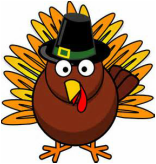
Big Mistake! I found a number of conflicting "historic facts" and a myriad of versions of each. What a bummer!
THE FIRST THANKSGIVING IN NORTH AMERICA
We all know the story about the Pilgrims of the Plymouth Colony celebrating their first year in the New World in the fall of 1621. Unfortunately, only half of them survived the year.
When I was in school (back in the dark ages), we were taught this was the first Thanksgiving. I didn't know that the Plymouth Colony is in competition as the first "American Thanksgiving" with two locations in Texas, two in Florida, one in Maine, two in Virginia, and five in Massachusetts.
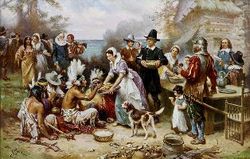
I didn't realize there were so many colonies and expeditions before 1621. Also, I noticed that the article didn't list where those sites were located or who made the claims that 1621 wasn't the first Thanksgiving in North America.
Two sources indicated that the first known Thanksgiving feast in North America was celebrated in Palo Duro Canyon (Texas panhandle) in 1541 by Francisco Vásquez de Coronado and the "Tejas" of the Hasinai group of Caddo-speaking Native Americans.
In 1565, another Spanish explorer, Pedro Menéndez de Avilé and his expedition hosted the local Timucua tribe at a celebration dinner in St. Augustine, Florida. The festivities included a mass to thank God for their safe arrival.
Thirty-eight British settlers proclaimed their day of arrival at Berkeley Hundred, a location on Virginia's James River, as "a day of thanksgiving" on December 4, 1619.
MARY HAD A LITTLE LAMB
The history of harvest festivals goes back thousands of years. It's a natural time to celebrate, particularly when the harvest has been good, and it marks the change of seasons. The Plymouth Colony celebration in 1621 must have had its roots in the ancient harvest festivals. At that time, England and other parts of Europe already set aside days to give thanks to God.
But how did Thanksgiving become an official holiday?
And how do Mary and her lamb get into this?
George Washington, John Adams, and James Madison all called on Americans to observe various periods of thanksgiving but there was no specific date. Sometimes the celebrations weren't even in the fall. President Jefferson called a federal holiday for Thanksgiving as "the most ridiculous idea ever conceived."
Sarah Joespha Hale (1788-1879), a magazine editor and the author of poems including "Mary Had A Little Lamb", campaigned for twenty years to make Thanksgiving a national holiday. Her campaign spanned five presidents.
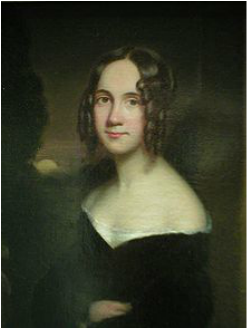
By the way, Sarah Hale deserves attention she may not be getting in history lessons. She also was the first person to advocate women as teachers in public schools, the first to advocate day nurseries to assist working mothers, and the first to propose public playgrounds. She is the author of two dozen books and hundreds of poems, including "Mary Had A Little Lamb." I don't remember studying Sarah Hale at all.
WHAT'S FOR THANKSGIVING DINNER?
When it comes to articles about our modern-day Thanksgiving, for some reason the major topic is always food. What's for dinner? What happened to topics like freedom and valuing what you have?
Green Bean Casserole
The most "significant fact" I learned about Thanksgiving food is this. More than forty million green bean casseroles are served on Thanksgiving. Heavy! And green bean casserole is only sixty years old. It was created in 1955 by the Campbell Soup Company. Does that rock your boat, or what?
The cranberry is a staple of the modern Thanksgiving feast. It is served at 94% of all Thanksgiving dinners. It was originally called "crane berry" because its pink blossoms and drooping head reminded the Pilgrims of a crane. No one explained why it's called a "sauce."
Most references say Native Americans didn't eat cranberries, but used them for dying fabric, decorating pottery, and treating arrow wounds. Several indicated that cranberries are one of the few fruits (one source said three) native to North America. What? Oh, come on!
Wikipedia lists a large number of fruits native to North America but says, "However, only three are commercially grown/known on a global scale (grapes, cranberries, and blueberries.)"
Regardless, it's doubtful cranberries were on the Thanksgiving menu in 1621.
Another earthshaking fact: You can tell if a cranberry is ripe by throwing it at the ground and measuring how high it bounces. And even more incredible, the source claims, "As long as it bounces higher than four inches, it is ready to be picked." The operative words: Ready to be picked.
Okay, help me out here. How the heck do you throw the cranberry to the ground and bounce it, if it hasn't been picked yet? I guess the first one, ripe or not, is considered collateral damage.
Turkeys
Some say yes, some say no. Others say yes, but a totally different type of turkey. Most sources claim the main foods were probably venison and sea foods. Is that sacrilege, or what!

THE SALIENT THANKSGIVING ISSUE
First, it seemed as though most of the articles I found were out to debunk as many Thanksgiving traditions as possible. Sure, the holiday has evolved. The menu has evolved. What difference does it make?
The purpose of the holiday, and what Americans are supposed to commemorate, was established when it was made a federal holiday. What we eat doesn't matter. Forgetting to be thankful and count our blessings does matter.
Second, if the information about other "first thanksgivings" is available, why isn't it taught in school? Why don't they teach about Sarah Hale? [My grandkids ranging from 26 to 3 have never heard of her.] Why do they tell kids the pilgrims ate cranberries if they didn't?
Third, why all this emphasis on food? Aren't we already a nation of overweight people?
WHAT I WANTED TO SAY IN THE FIRST PLACE
One of my friends received a bracelet with three large beads as a gift. The instructions are to wear the bracelet all the time. Every morning when you put it on, say aloud three things you are thankful for ... one for each bead. When you look at it during the day, say three other things you are thankful for.
Whether you use two beads or more, it doesn't take long to discover that we each have more in our lives to be grateful for than we thought [which may or may not include cranberry sauce, green bean casserole, fat domesticated turkeys, pumpkin pie, and football].
THANKSGIVING SHOULDN'T BE THE ONLY DAY EACH YEAR WE COUNT OUR BLESSINGS!
Originally published on RB4U Blog, November 10, 2013
Resources
http://facts.randomhistory.com/thanksgiving-facts.html
http://www.huffingtonpost.com/2011/11/21/thanksgiving-trivia-facts_n_1106005.html
http://www.history.com/topics/thanksgiving-facts
http://www.theholidayspot.com/thanksgiving/trivia.htm
http://www.history.com/topics/thanksgiving-facts
http://www.newsplex.com/seasonal/misc/33852054.html
http://www.todayifoundout.com/index.php/2010/11/10-interesting-thanksgiving-facts/
http://www.life123.com/holidays/thanksgiving/kids-thanksgiving/interesting-thanksgiving-facts.shtml
http://www.weirdworm.com/weird-thanksgiving-day-facts/
http://www.coolest-holiday-parties.com/thanksgiving-facts.html
http://www.11points.com/Misc/11_Interesting_Facts_About_Popular_Thanksgiving_Traditions
http://wildturkeyzone.com/articles/thanksgivinghistory.htm
http://en.wikipedia.org/wiki/Sarah_Josepha_Hale



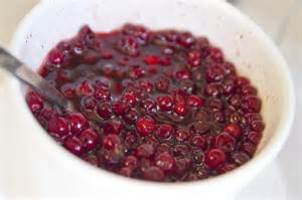
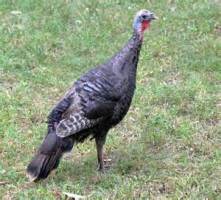
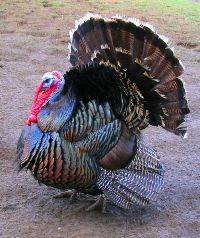
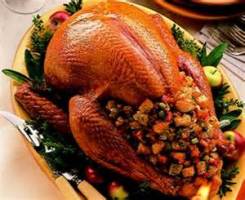
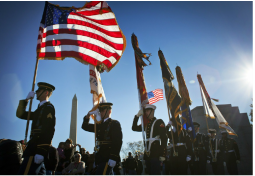
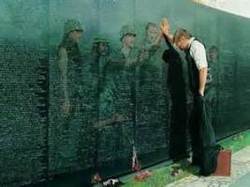
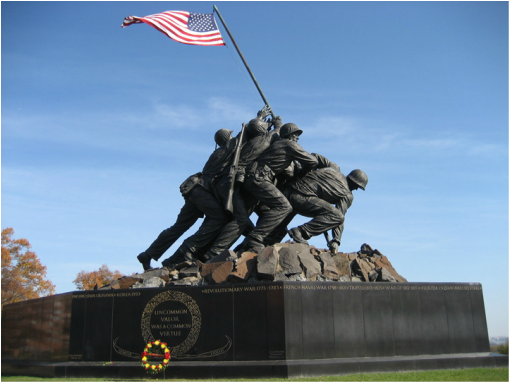
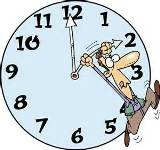
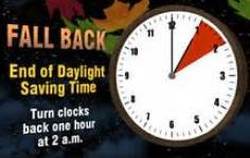
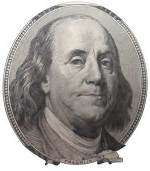
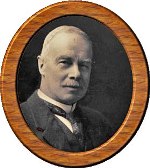
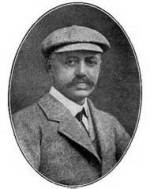

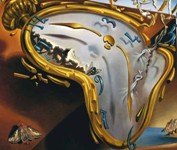
 RSS Feed
RSS Feed